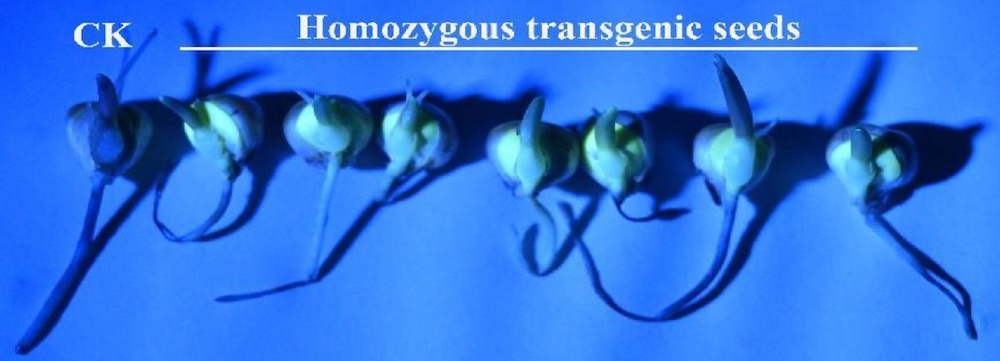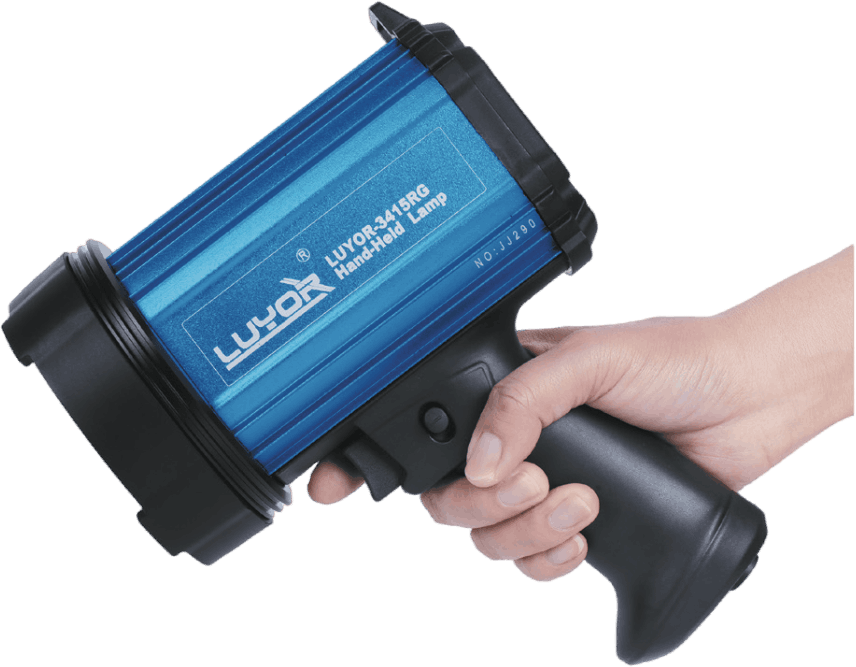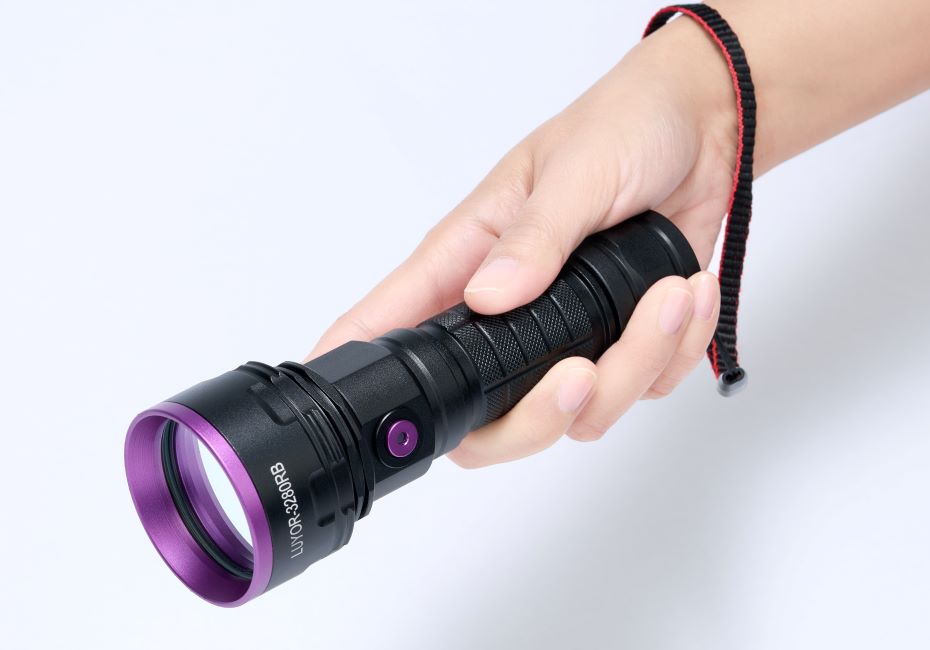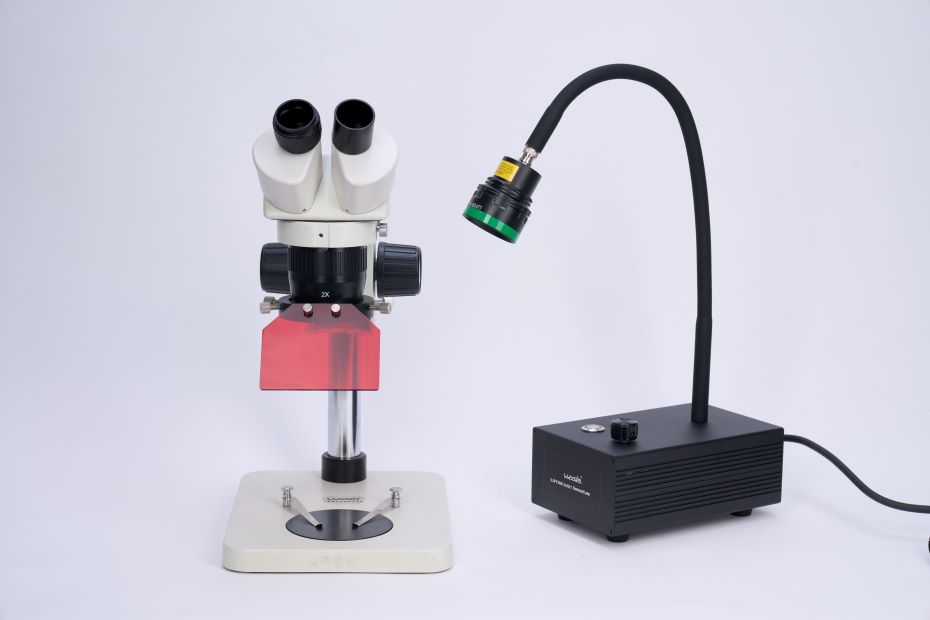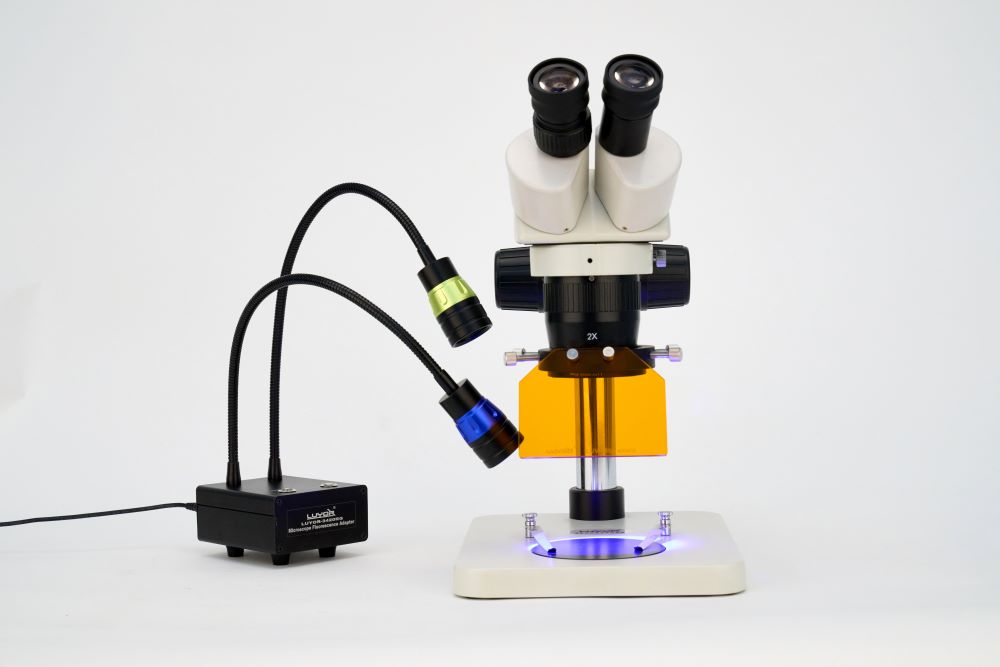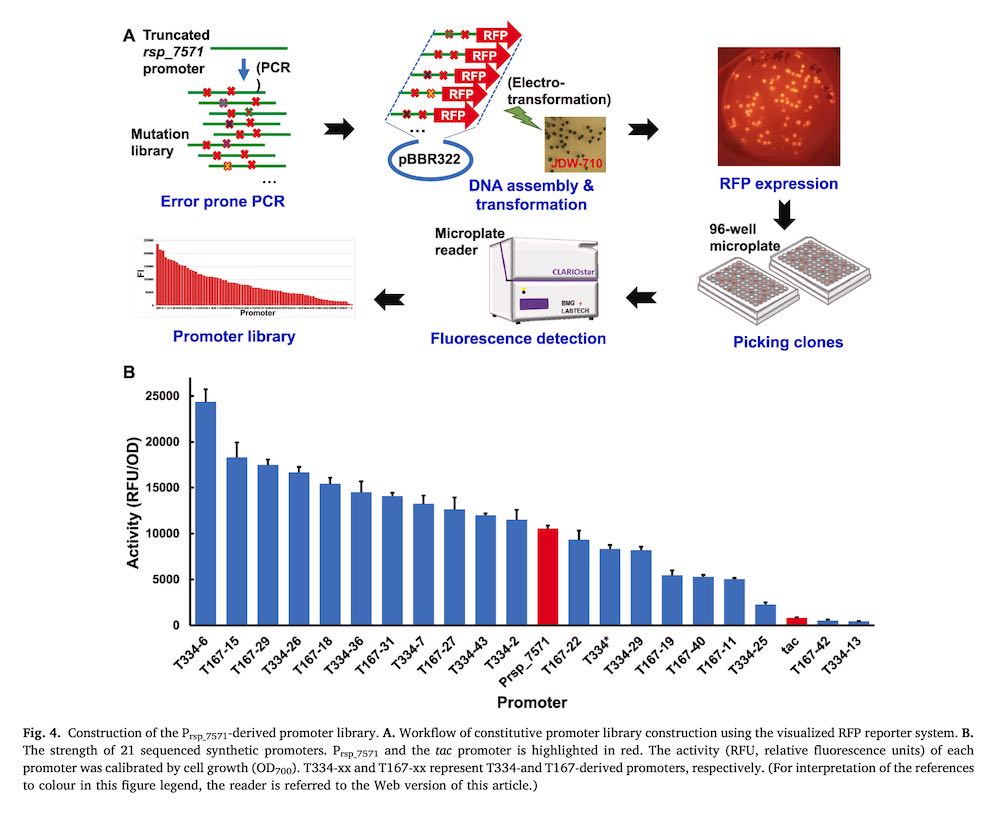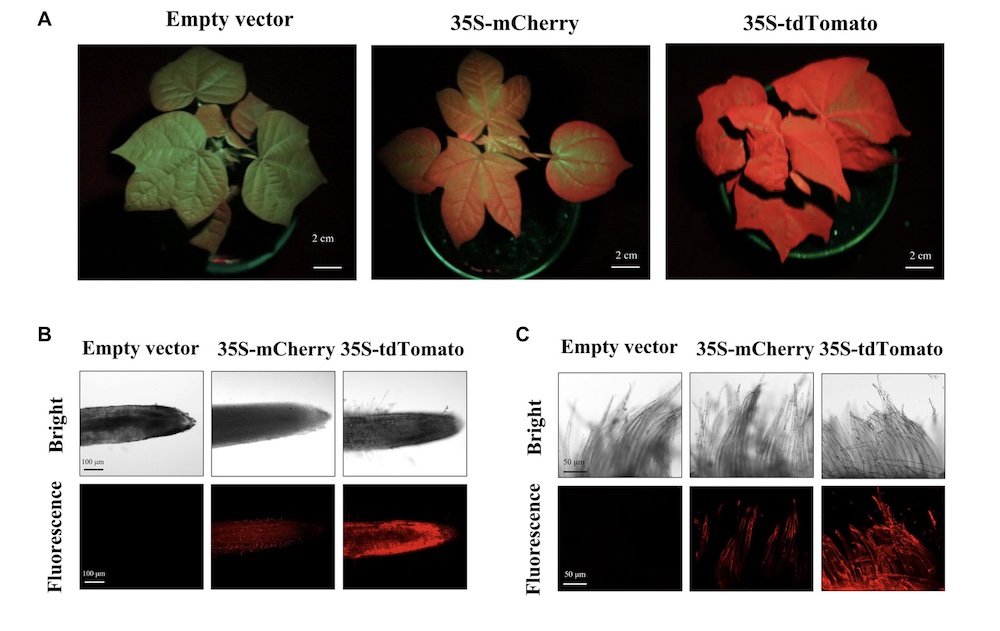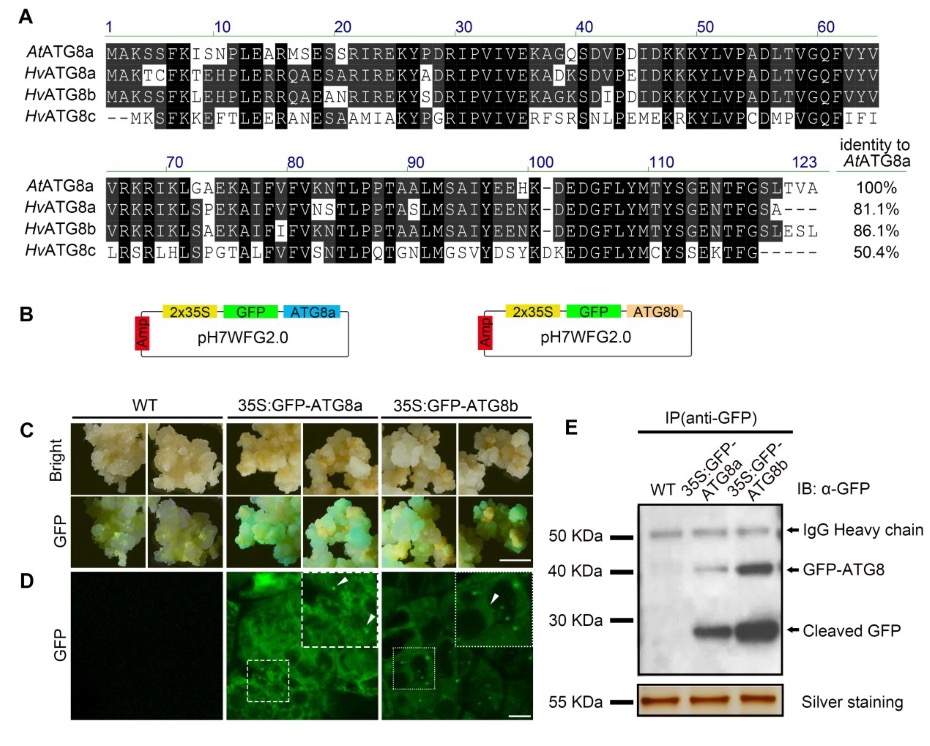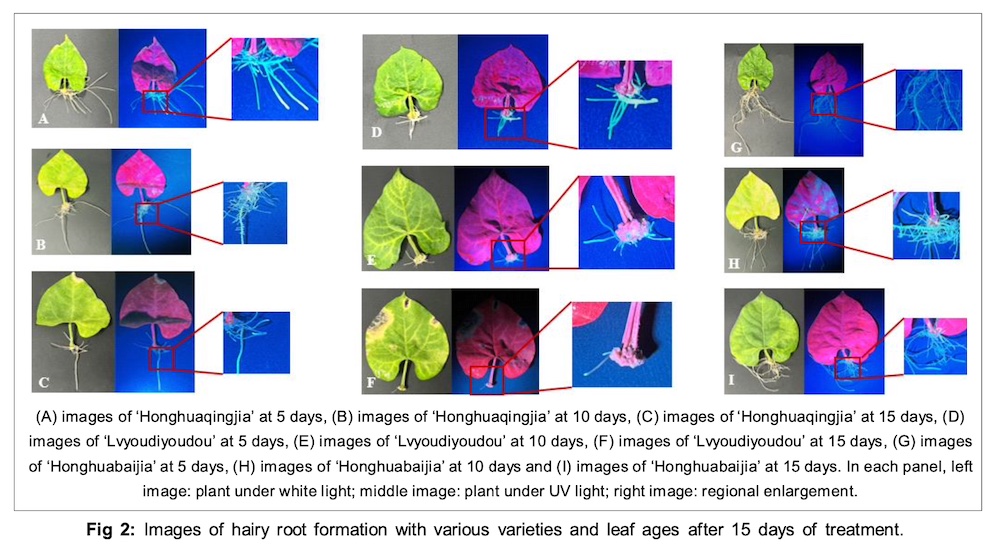Xu, B.; Liu, X.; Song, X.; Guo, Q.; Yin, Y.; Zhang, C.; Li, Y. High-Vigor Maize Seeds Resist Fusarium graminearum Infection through Stronger Ca2+ Signaling. Agriculture 2022,12,992. https:// doi.org/10.3390/agriculture12070992
Published: 9 July 2022
Keywords: seed vigor; Fusarium graminearum; disease resistance; Ca2+; aequorin
Abstract
Seeds with high vigor have strong resistance to various adverse environmental conditions. However, little is known about how seed vigor affects the resistance of seeds to biotic stress. In this study, newly harvested seeds that had high vigor and seeds with low vigor, achieved via an artificially accelerated aging treatment, were used in the germination test after inoculation with Fusarium graminearum for 24 h. The results showed that high-vigor seed-related germination and seedling growth were not significantly affected by F. graminearum infection, while those related to low-vigor seeds were significantly inhibited. Analysis of transgenic maize seeds expressing the luminescent Ca2+ probe encoded by aequorin indicated that the concentration of free Ca2+ in the cytoplasm and nucleus of the embryo cells of high-vigor seeds was significantly higher than that of the low-vigor seeds. Through an experiment with Ca2+ inhibitor treatment and exogenous Ca2+ application, we further confirmed that Ca2+ played an important role in seed germination and seedling growth. Interestingly, in the presence of F. graminearum, the Ca2+ required for seed germination and seedling growth mainly came from the vacuolar calcium pool, while in the absence of F. graminearum, the required Ca2+ mainly came from the apoplastic calcium store. This study helps understand how high-vigor seeds resist disease and provides theoretical support for the wide application of high-vigor seeds in agricultural production.
Acquisition of Homozygous Transgenic Seeds
Seeds of the T1 generation were sown, and DNA was extracted from leaves at the seedling stage. Primers pBIN-YA-F (5′-ATGACGCACAATCCCACTATCC-3′) and pBIN-YA-R (5′-AGTTCACCTTGATGCCGTTC-3′) were designed for PCR amplification according to the 35S promoter and YFP sequence of pBIN-YA (B) vector [25]. The plants without amplification bands were removed and the remaining plants were self-pollinated. Twenty seeds were randomly selected from each harvested T2 generation ear and germi- nated on a paper bed at 25 ◦C. Four days later, the germinated seeds were irradiated with LUYOR-3260 fluorescent protein excitation light source. If all the seeds emitted fluorescence, this indicated that all the seeds on the ear were homozygous. Homozygous seeds were used for further related assays.
Figure below: fluorescence of transgenic seeds
